Introduction
Noise pollution is a growing problem in urban areas, including university campuses. Excessive noise can cause major stress, disrupt learning and work, and even have negative health effects. Therefore, it is important to monitor and manage noise levels in public spaces to create a safe and comfortable environment for everyone.
This project aims to address this issue by detecting average noise levels in different areas of the campus and playing back sounds corresponding to those levels. The project is designed to create an engaging and informative environmental display that promotes awareness of noise pollution and encourages people to be mindful of their noise levels.
Design
The jukebox has a smart noise sensing system that includes a sound detector to collect noise levels in various locations on the Georgia Tech campus. It shows real-time noise level data on an LCD screen with LED lightbulbs as indicators. The system calculates the average noise level at each location as a standard. The user can also switch between detect mode and play mode that will play different tracks corresponding to the noise level detected and compared to the standard.
the casing
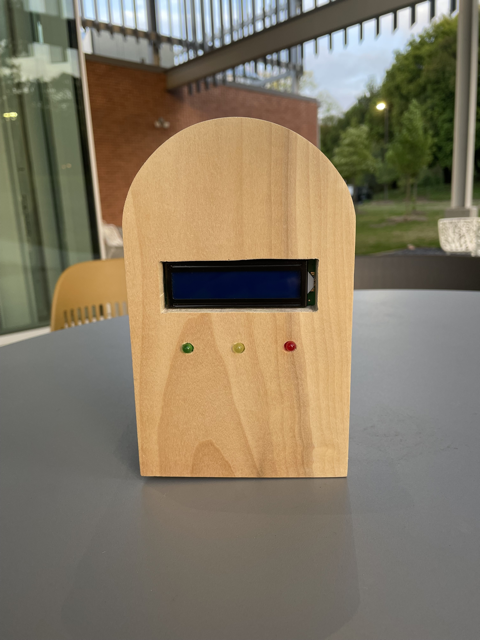

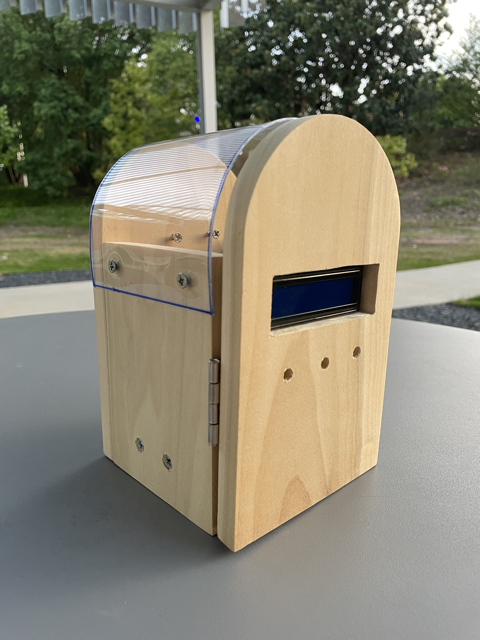
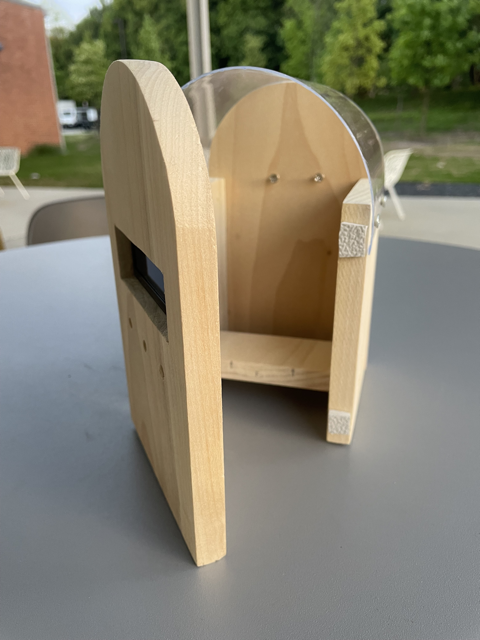
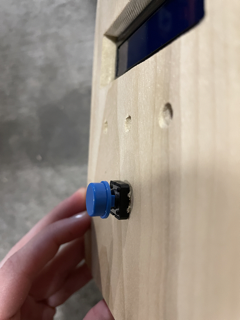

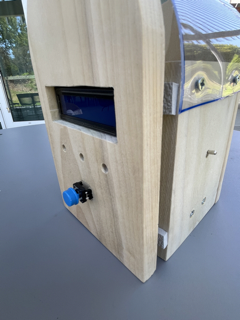

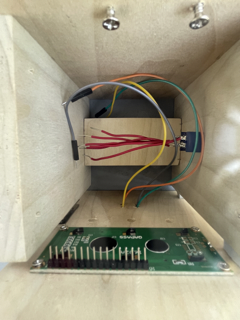
We wanted the casing of our project to be sturdy and transportable since we would be taking it to different locations on campus, so we decided to make it out of wood and drill holes for the different components. The casing was assembled to resemble a jukebox, and it has a clear plastic top so you can see the inside components.
Hardware Components
- Arduino Breadboard
- SparkFun Sound Detector (with Headers)
- Resistors
- LED lightbulbs
- LCD screen
- Piezo Buzzer
- EEPROM
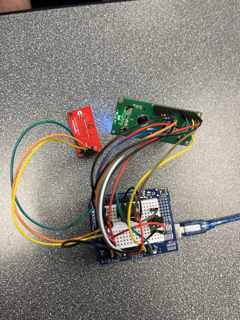

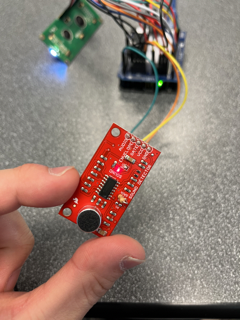
schematics
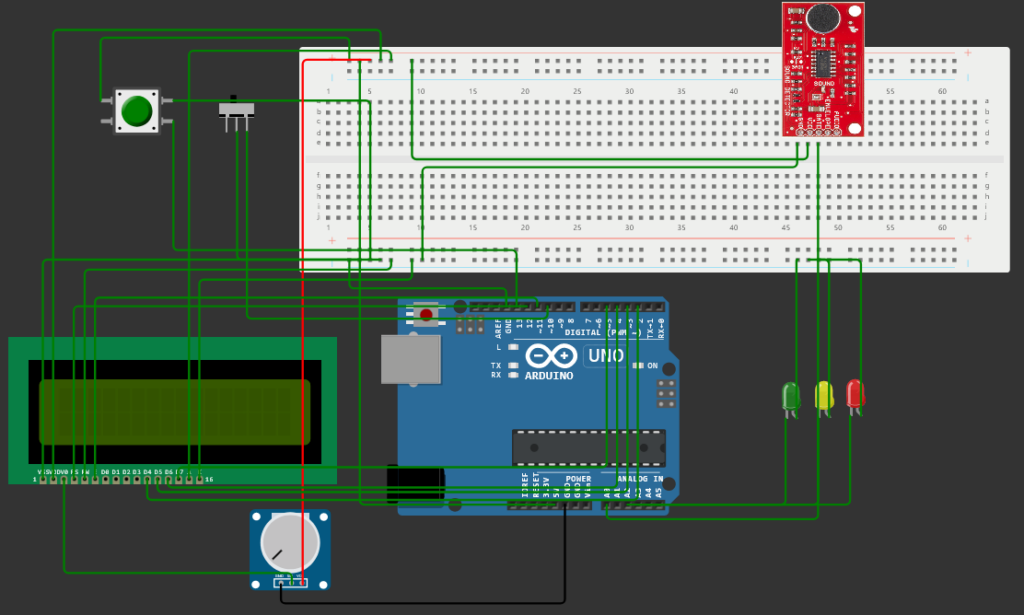
code
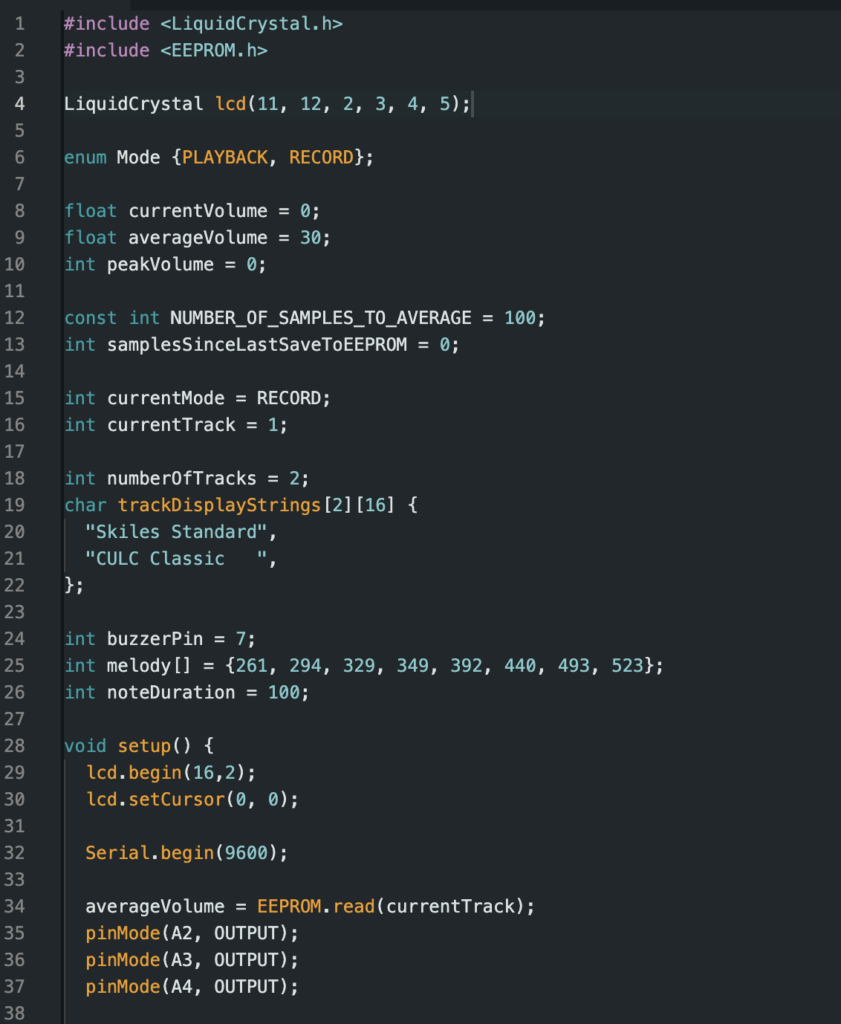
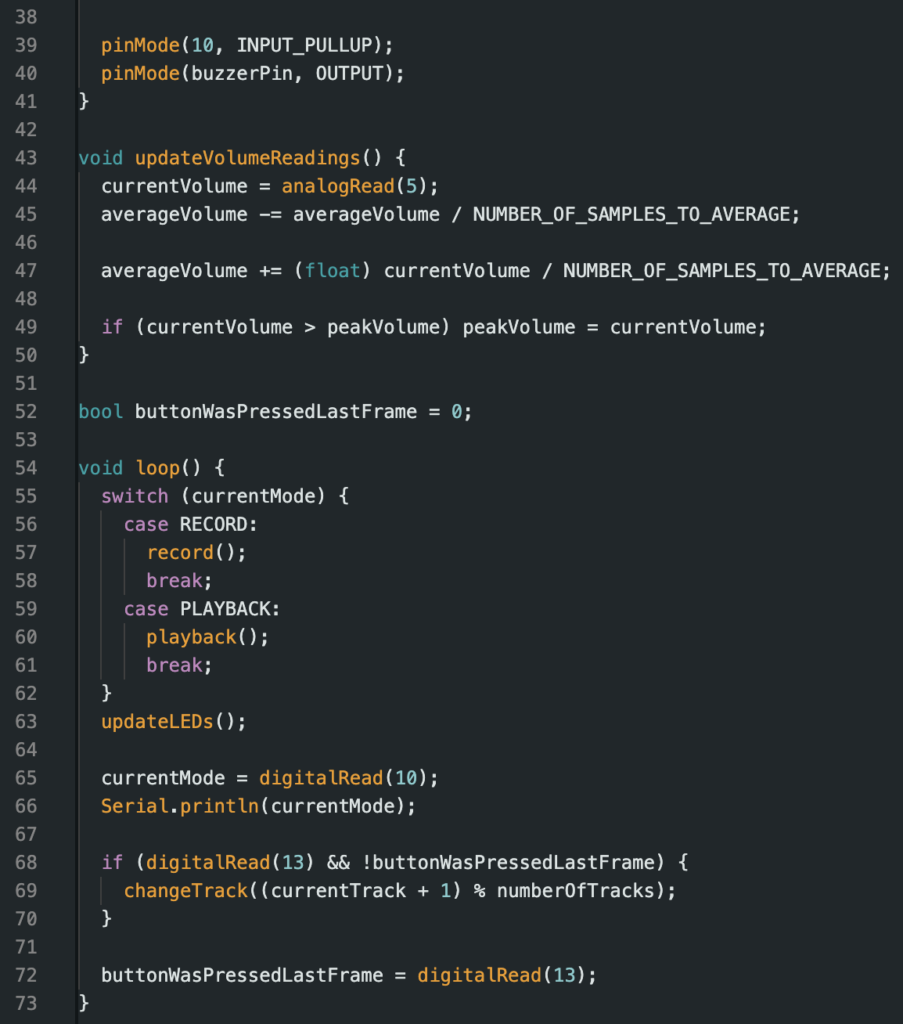
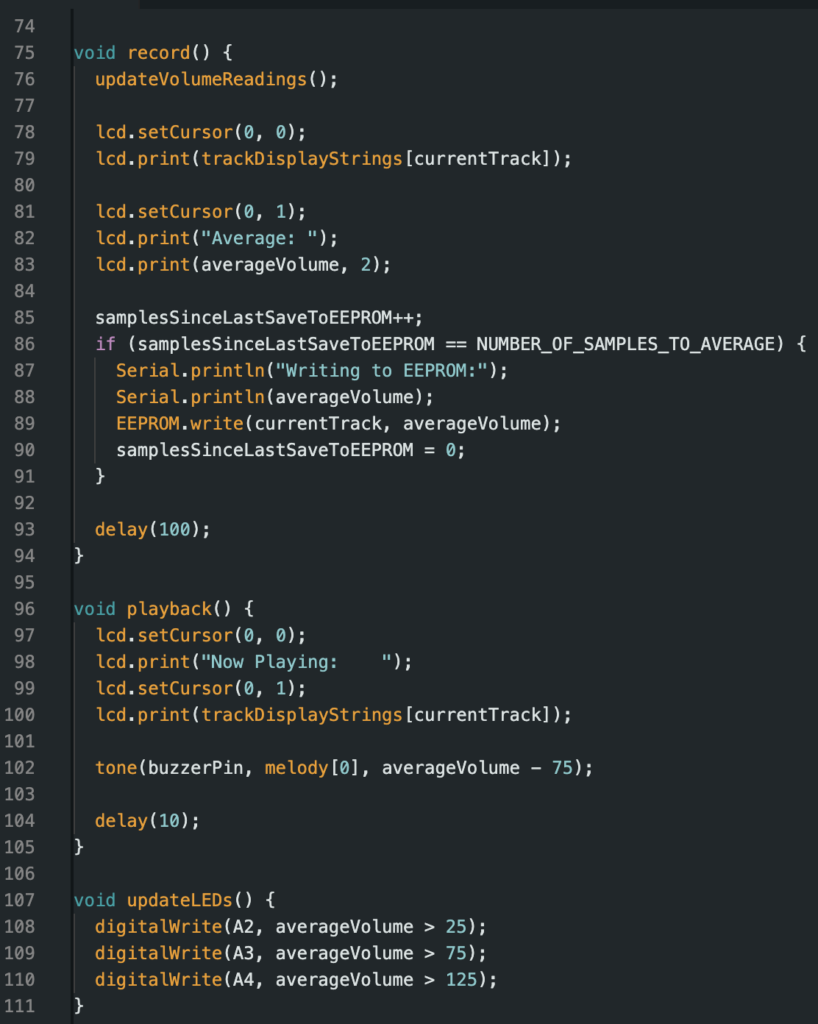

final product
Demo
Culc Classic:
Lower than average
Higher than average
Real Scene
Skiles Standard:
Lower than average
Higher than average
Real Scene
issues
When we initially purchased the sound sensor it was not nearly sensitive enough, so we had to remove the R3 resistor and replace it with another resistor (via soldering) to increase the sensitivity of the sensor. After doing so, we were able to get much more meaningful results and our project was able to sense sound much more accurately across different locations.
The change in volume of the Piezo buzzer affects the fluency of the output; when the volume is at its maximum, the sound plays fluently, but it becomes more intermittent as the volume decreases.
conclusion
In conclusion, our project is a prime example of how technology can be used to tackle real-world problems. The use of an Arduino board and a sound sensor has allowed for an efficient and effective noise measuring system that can provide valuable insights into the ambient noise levels on a university campus. This project has proven the potential of creating engaging and informative installations using technology, which can improve the university campus experience for everyone involved – students, faculty, and visitors alike.
Leave a Reply